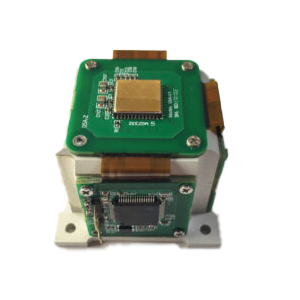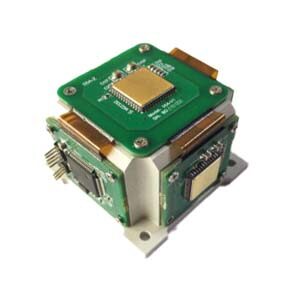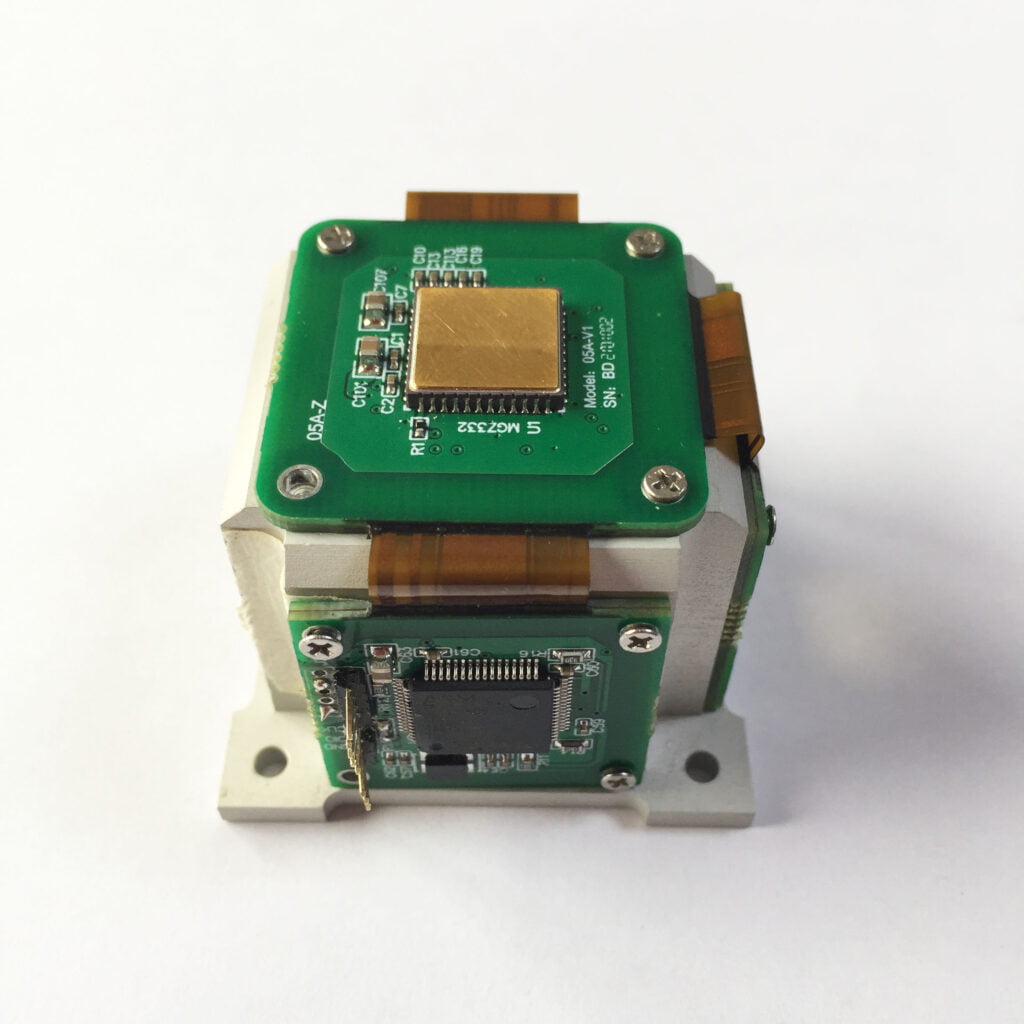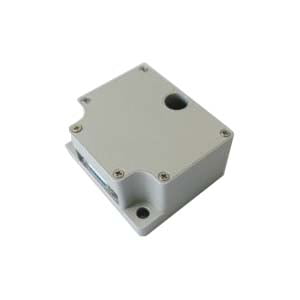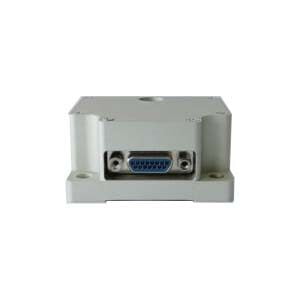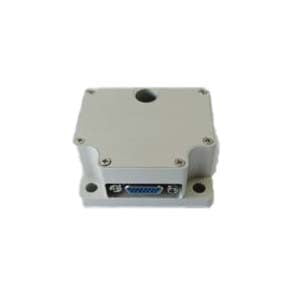According to the P1559 standard being revised by the American IEEE Association, the inertial measurement unit is defined as "a device that can measure three-dimensional linear motion and angular motion without external reference". Generally, each set of inertial measurement device includes three groups of gyroscopes and acceleration sensors to measure the angular acceleration and linear acceleration of three degrees of freedom respectively. Through the integration of acceleration and the superposition operation of initial velocity and position, the motion direction and velocity of the object in the spatial position are obtained, which are set in combination with the motion trajectory in the inertial navigation system, correct the heading and speed to realize the navigation function.
At present, imus on the market are mainly 6-axis and 9-axis. The 6-axis IMU includes a three-axis acceleration sensor and a three-axis gyroscope; The 9-axis IMU has a three-axis magnetometer. In addition, IMU using MEMS technology generally has a built-in thermometer for real-time temperature calibration.
Whether 6-axis or 9-axis IMU, it can output three-dimensional angular velocity signal and acceleration signal in real time to calculate the current attitude of the object. This has important application value in platform stability and navigation.
IMU is mostly used in the equipment that needs motion control, such as cars and robots. It is also used in the occasions that need to calculate the precise displacement with attitude, such as the inertial navigation equipment of submarines, aircraft, missiles and spacecraft. Compared with other navigation systems, inertial navigation system has the important characteristics of comprehensive information, complete autonomy, high concealment, real-time and continuous information, and is not limited by time, region and human factors. It can work normally in various environments such as air, water and underground.
For example, the above advantages of IMU are particularly evident in the automatic driving system. In automatic driving system, IMU can be an effective supplement to other sensor data missing. By calculating the attitude (pitch angle and rolling angle), heading, speed and position changes of the vehicle, IMU can be used to fill the gap between GNSS signal updates, and even calculate the dead reckoning when GNSS and other sensors in the system fail. Therefore, as an independent data source, IMU can be used for short-term navigation and verify information from other sensors.
The principle of IMU is very similar to taking small steps in the dark. In the dark, due to the error between the estimated step size and the actual distance, when the number of steps is more and more, the difference between the estimated position and the actual position will be farther and farther. When taking the first step, the estimated position is still close to the actual position.However, as the number of steps increases, the difference between the estimated position and the actual position becomes larger and larger. According to this method, it is extended to three-dimensional, which is the principle of inertial measurement unit.
The academic expression is: Based on Newton's law of mechanics, by measuring the acceleration of the carrier in the inertial reference system, integrating it with time, and transforming it into the navigation coordinate system, we can get the information such as velocity, yaw angle and position in the navigation coordinate system.
The development of inertial sensors directly determines the development and application of inertial navigation system. The cost, volume and power consumption of inertial sensors affect the corresponding parameters of inertial navigation system. The development of inertial measurement sensors needs to weigh the following factors: accuracy, continuity, reliability, cost, volume / weight and power consumption.
At present, in the downstream civil market of inertial navigation, the applications of inertial sensors cover geodesy, oil drilling, electronic transportation, automobile safety, consumer electronics and other fields, among which MEMS inertial sensors are the most widely used in the consumer market. At the same time, MEMS inertial sensors with small volume and low price and high precision and high performance sensors will be the focus of future development.
At present, the technical development trend of IMU based on MEMS processing technology is mainly reflected in the following three aspects:
1. Develop towards high integration. In the field of civil applications, surface technology is used to realize the integration of functional components and components such as multi axis gyroscope, acceleration sensor and digital processing circuit on a single chip.
2. Develop towards high performance. Further improve the performance of sensors and acceleration sensors, optimize the overall structure, and improve the performance and environmental adaptability of inertial measurement devices.
3. Develop towards combination. At present, the IMU based on MEMS technology is still in medium and low precision, and its navigation and positioning error increases with the accumulation of time. Therefore, IMU is usually combined with other navigation and positioning systems whose positioning errors do not accumulate over time, such as GPS, Doppler radar, terrain matching and other technologies, so as to realize integrated navigation, which is also an important development trend in the future.
More Technical Questions
1.How the Inertial Measurement Unit Works?
2.High Performance Motion Control System Using MEMS Inertial Measurement Unit (IMU) In Feedback Loop
4.What is the Principle of Inertial Measurement Unit?
5.What is The Inertial Measurement Unit For?
6.Do You Know The Principle of IMU (inertial measurement unit)?
Products in Article
